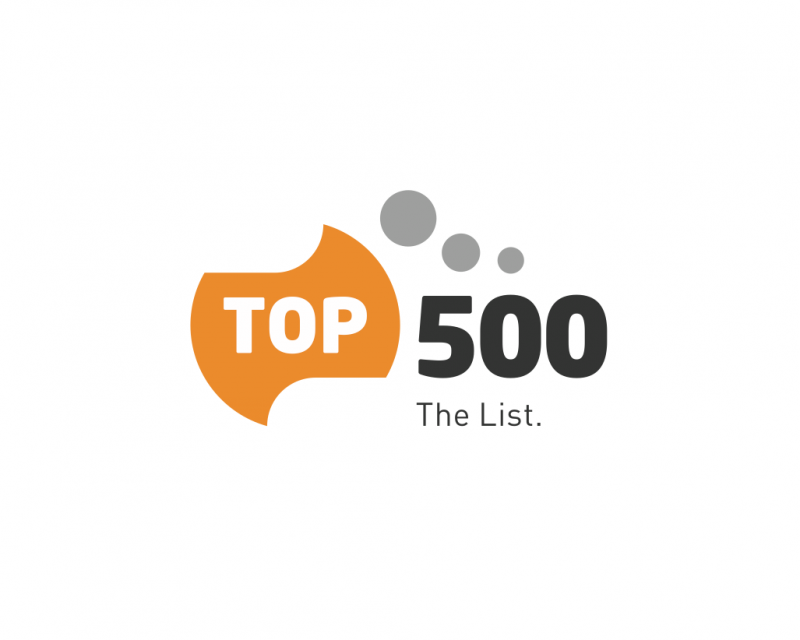Top500 Supercomputers List Exposes Ireland’s Continued Decline in Global Competitiveness

For the first time ever, Ireland’s newest supercomputer will not feature in the Top500 list at installation
The Top500 supercomputer list published today in Frankfurt charts the most powerful computer systems in the world. Although Ireland are represented on the list with seven systems - that is a relatively high number for a small country like Ireland - the statistic by itself can mis-represent the true picture of High Performance Computing (HPC) access in Ireland. All seven Irish systems in the latest Top500 list are owned by one undisclosed company known as “Software Company (M)” and their geographic location in Ireland does not reflect Irish access to HPC resources as they are either used for internal use within one company or most likely, to offer Cloud Computing resources globally and on a commercial basis.
This summer Ireland is set to install a new national supercomputer to support research and innovation through the Irish Centre for High-End Computing (ICHEC). At a cost of €5.4 million, the new supercomputer will be 5 times more powerful than its predecessor Fionn with over 660 teraflops of computing power and will be available to all Irish researchers. Despite this upgrade, this will mark the first time that Ireland will not have a newly-installed, open access supercomputer system feature in the biannual Top500 list since the establishment of ICHEC in 2005. Traditionally, Ireland’s supercomputers have ranked quite highly within months of their installation.
Walton:
Ireland’s first national supercomputer, purchased for €1.4 million with 3.14 teraflops featured at #205 on the Top500 after installation in November 2005. Walton also featured in the following two Top500 lists.
Stokes:
Successor to Walton, purchased for €1.9 million and with 25.1 teraflops featured at an impressive #118 on the Top500 list in 2008. Stokes remained on the Top500 list four times following its installation.
Fionn
Ireland’s current, outgoing supercomputer was purchased for €3.7 million with 140.4 teraflops featured at #358 on the Top500 list in November 2013 following installation and once more at #476 in June 2014.
As today’s Top500 list shows, with the last computer on the list at 715.6 teraflops, Fionn’s replacement will not feature in the Top500 following its installation in August. This is in sharp contrast with Stokes in 2008, which would have appeared at position #74 in the list published immediately prior to its installation. Ireland’s new national supercomputer, on the other hand, would not even have featured in the list prior to its installation.
“This failure [to make the list at installation] should act as a wake up call to relevant authorities” according to ICHEC Director JC Desplat, “This continued decline since 2008 has reached the point where Ireland will suffer both reputational and economic damage. Suitable levels of capital investments should now be committed, with commensurate investments in skilled personnel. HPC skills are highly sought after by industry as HPC has become core to many emerging domains such as Machine Learning, Earth Observation, Precision Medicine and Big Data in general. A competitive national HPC and Big Data infrastructure is a prerequisite to successfully training the next generation of technologists and researchers for industry and academia.”
High Performance Computing (HPC), or supercomputing, has come to the fore over recent years and become a crucial mainstream technology for industry and public services. This is exemplified by the strong commitment by the European Commission to establish EuroHPC, a cross EU initiative to break national silos and to pool HPC resources on a scale found in the US, Japan and China. Ireland must now take note of an important global trend in HPC and re-establish its reputation as a hotbed of tech innovation.
Globally, the US have re-taken the lead from China in the supercomputing race with systems in the first and third positions; China currently occupies the second and fourth positions and Japan the fifth. The most powerful system in the EU is Italy’s “HPC4” ranked 13th, owned by an Oil & Gas company Eni S.p.A.. The most powerful system open to academic research in the EU is Italy’s Marconi at position #18. This poor performance of the EU compared to the US, China and Japan confirms the strategic importance and urgency in establishing the EuroHPC initiative.
The TOP500 list shows the 500 most powerful computer systems globally (not including systems that are not publicly disclosed). The list is updated and released twice a year in June and November. See https://www.top500.org/
About ICHEC
ICHEC is Ireland’s national centre for technical computing. It was established in 2005 and is funded by the Department of Business, Enterprise & Innovation (DBEI) and Education and Skills (DES), as well as from industry engagement and competitive EU programmes. The centre is hosted by NUI Galway and has offices in Dublin and Galway.
ICHEC provide and support the National High-Performance Computing (HPC) Service to academia. ICHEC also provide commercial services related to HPC and technical computing to industry, semi-state and the public sector.
Fionn was funded through Science Foundation Ireland Research Infrastructure call 2012 (Award 12/RI/2334 (1)). Fionn’s replacement through the SFI Research Infrastructure call 2015 (Award 15/RI/3200).



